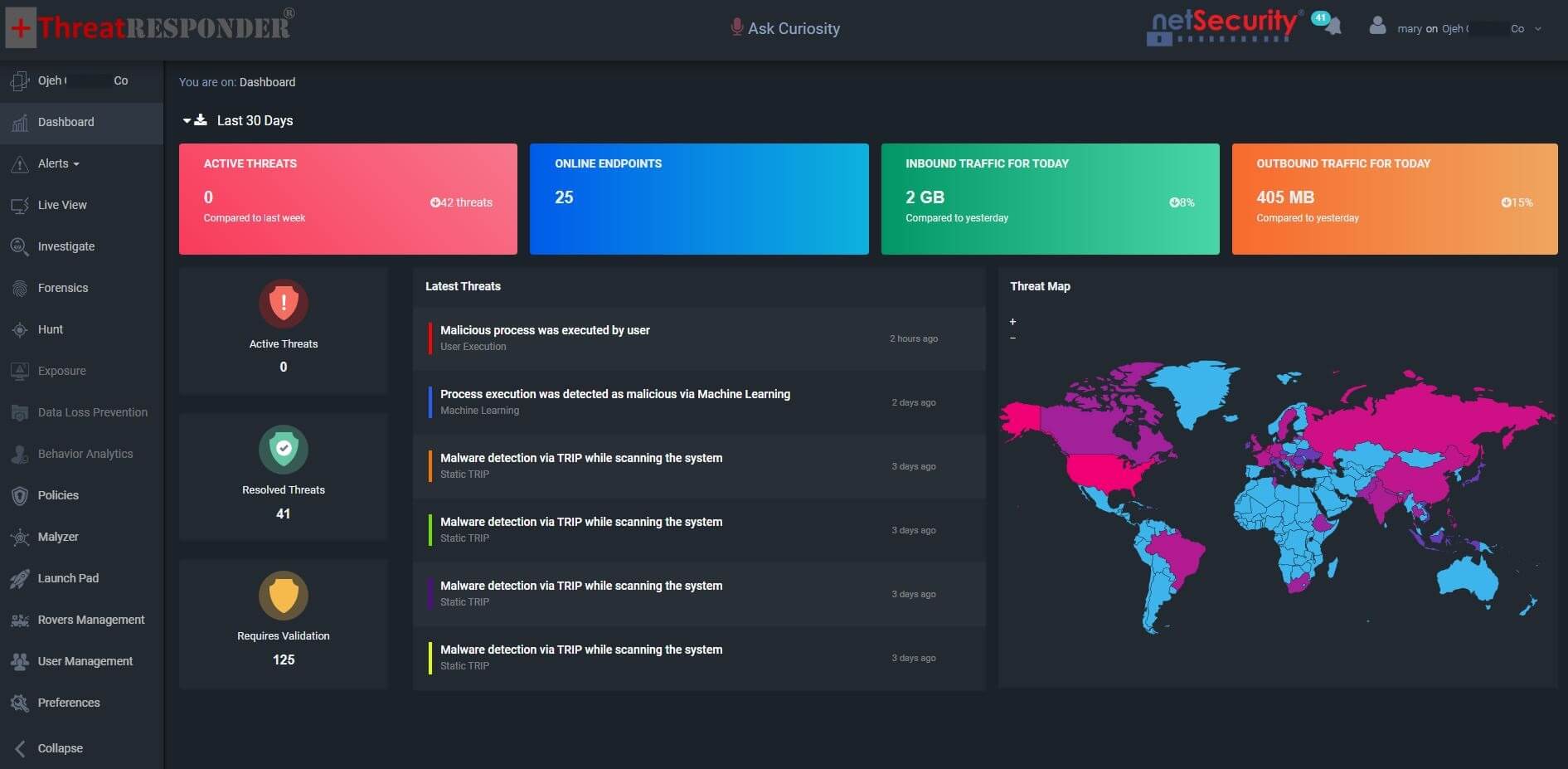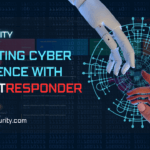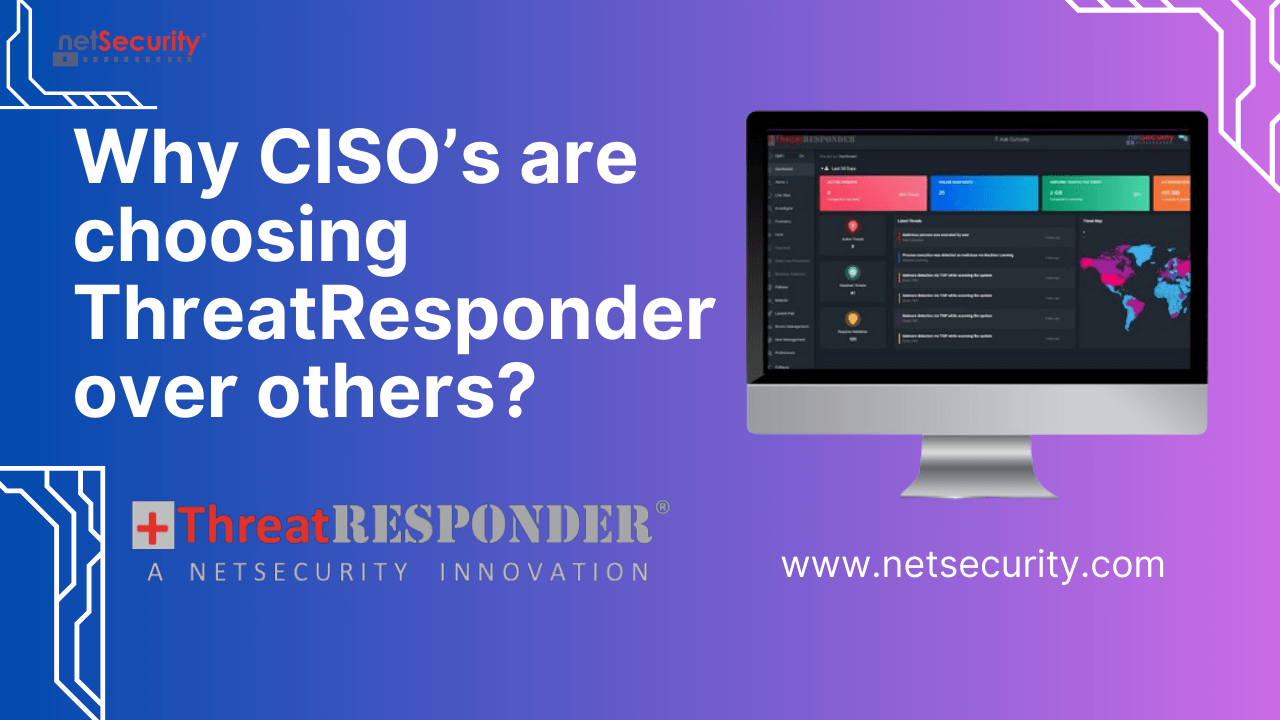Russia-Ukraine War: How Geopolitical Storm is Impacting Your Cybersecurity in 2023?
Cyber attacks by Russia on Ukraine have erased data, degraded communication, and stolen information, yet they haven’t caused the destruction many anticipated after the invasion one year ago. However, in today’s interconnected world, geopolitical events have a profound impact on various aspects of society, including the realm of cybersecurity. The ongoing Russia-Ukraine conflict has brought to light the significant influence of geopolitical tensions on cyber threats and attacks. Pro-Russian cyber threat actors that have gained notoriety in recent years for their sophisticated cyber operations. This article delves into the ways in which the current geopolitical situation, particularly the Russia-Ukraine conflict, affects organizations from a cybersecurity standpoint, with a focus on the aforementioned threat actors and their tactics.
Overview of the Russia-Ukraine Conflict
The Russia-Ukraine conflict, which began in 2022, has its roots in Ukraine’s desire for closer ties with the European Union. Russia’s annexation of Crimea and ongoing involvement in Eastern Ukraine have escalated tensions and fostered a hostile geopolitical atmosphere. The conflict has seen cyber warfare play a significant role, with both state-sponsored and non-state-sponsored actors leveraging digital tools and tactics to further their interests.
Russian-Aligned Cyber Threat Actors
Here are some of the famously known pro-Russian cyber threat actors that targeted organizations across multiple industries, including government, energy, education, health, etc.:
1. NoName057(16)
NoName057(16) is a notorious cyber threat actor believed to have ties to Russia, operating in the realm of cyber espionage and cyber-attacks. This group has been linked to various advanced persistent threat (APT) campaigns targeting governmental, military, and critical infrastructure entities. The group is known for its sophisticated tactics, including social engineering, phishing, and zero-day exploits. Their activities are deeply tied to the geopolitical climate, especially in the context of the Russia-Ukraine conflict. They publicly display their alignment with Russia and target pro-Ukraine countries with DDoS attacks.
2. CL0P Ransomware Group
CL0P is a cybercriminal group associated with ransomware attacks known for their double-extortion tactics. The group not only encrypts the victim’s files but also exfiltrates sensitive data, threatening to release it if a ransom is not paid. The group is believed to have originated in Russia or at least have connections to Russian-speaking regions. The rise of this group is directly linked to geopolitical tensions and the current conflict, leveraging the chaotic situation to conduct cyber-attacks.
3. Sandworm Team: This group is also known as Black Energy, BlackEnergy, ELECTRUM, Iron Viking, Quedagh, and TeleBots. It has been behind several high-profile attacks, including the 2015 Ukrainian power grid attack and the 2017 NotPetya ransomware attack.
4. APT28: This group is also known as Fancy Bear, Pawn Storm, Sofacy Group, Sednit, and Strontium. It has been active since at least 2007 and is believed to be associated with the Russian military intelligence agency GRU. The group has been linked to several high-profile attacks, including the 2016 hack of the Democratic National Committee.
5. Cozy Bear: This group is also known as APT29 and The Dukes. It is believed to be associated with the Russian intelligence agency SVR and has been active since at least 2008. The group has been linked to several high-profile attacks, including the 2015 hack of the US State Department.
Top Cyber Attack Methodologies
Russian threat groups have garnered notoriety in the realm of cyber warfare through the deployment of various sophisticated attack tactics. Understanding these tactics is crucial for organizations aiming to bolster their cybersecurity measures and mitigate potential risks. Here are the top three attack tactics frequently employed by Russian threat groups:
1. Distributed Denial of Service (DDoS) Attacks: DDoS attacks are a hallmark tactic of Russian threat groups, utilizing a network of compromised devices to flood a targeted system or network with an overwhelming volume of traffic. This surge in traffic hampers the targeted entity’s ability to function effectively, leading to service disruptions or even complete downtime. By overloading the target’s resources, these attacks can be a diversionary tactic, concealing more insidious activities such as data theft or network infiltration.
2. Ransomware Attacks: Russian threat groups are known for employing ransomware attacks as a means of extorting money from targeted organizations. Ransomware is malicious software that encrypts critical files and demands a ransom for their release. These attacks cause severe disruptions to business operations and often result in financial losses and reputational damage. The notorious use of ransomware by Russian threat groups, like the CL0P ransomware group, showcases their technical prowess and the evolving sophistication of their attack methods.
3. Espionage and Social Engineering: Russian threat groups are adept at conducting espionage activities, which involve unauthorized access to sensitive information and intelligence gathering for political, economic, or military advantage. Social engineering plays a pivotal role in these efforts, often involving the manipulation of individuals within an organization to divulge confidential information or grant access to secure systems. These threat actors craft convincing phishing emails or impersonate trusted entities to deceive targets, exploiting human vulnerabilities to gain unauthorized access and facilitate espionage activities.
Impact on Organizations’ Cybersecurity
- Increased Targeting and Sophistication
Geopolitical conflicts like the Russia-Ukraine situation escalate cyber threats against organizations. NoName057(16) and other state-sponsored threat actors intensify their targeting of critical infrastructure, governmental organizations, and industries related to defense and intelligence. Their tactics become increasingly sophisticated, making it challenging for organizations to defend against advanced cyber-attacks.
- Economic Espionage and Intellectual Property Theft
The Russia-Ukraine conflict has seen a rise in economic espionage, where threat actors like NoName057(16) focus on stealing intellectual property for economic or political gain. Organizations with valuable intellectual assets become prime targets, impacting their competitiveness, innovation, and long-term sustainability.
- Ransomware Attacks and Financial Impact
The CL0P ransomware group exploits the chaotic geopolitical situation to conduct ransomware attacks on organizations. The financial burden resulting from ransom payments, business downtime, and potential regulatory fines can be substantial, affecting an organization’s bottom line and reputation.
- Disruption of Critical Infrastructure
Geopolitical tensions can manifest in cyber-attacks targeting critical infrastructure, disrupting essential services like energy, water supply, and communication networks. NoName057(16) and similar threat actors might attempt to destabilize the operations of vital infrastructure, causing widespread chaos and impacting national security.
- Global Supply Chain Vulnerabilities
The geopolitical situation impacts the global supply chain, making it susceptible to cyber-attacks. Threat actors take advantage of disruptions and vulnerabilities within the supply chain, compromising networks, stealing sensitive data, and potentially leading to the distribution of malicious products or services.
Mitigating the Geopolitical Cybersecurity Risks
Organizations must be proactive in understanding the threat landscape, enhancing their cybersecurity measures, and fostering collaboration to effectively navigate and mitigate the evolving cyber risks associated with the geopolitical situation.
1. Enhanced Threat Intelligence and Monitoring
Organizations need to invest in robust threat intelligence capabilities to stay informed about geopolitical developments and associated cyber threats. Continuous monitoring and analysis of threat actor tactics, techniques, and procedures (TTPs) can aid in proactive threat detection and response.
2. Cyber Resilience and Incident Response Planning
Developing and regularly testing incident response plans is crucial to cyber resilience. Organizations should focus on rapid detection, containment, and recovery in the event of a cyber-attack. Regular tabletop exercises can help in refining incident response processes and identifying areas for improvement.
3. Collaboration and Information Sharing
Public-private partnerships and collaborations within industries and across borders are essential for effectively combatting cyber threats. Sharing threat intelligence, best practices, and lessons learned can improve collective cybersecurity posture and help mitigate the impact of geopolitical cyber threats.
4. Investment in Cybersecurity Technologies and Training
Organizations should invest in cutting-edge cybersecurity technologies, including advanced endpoint protection, intrusion detection systems, and artificial intelligence-driven threat analytics. Additionally, continuous training and awareness programs for employees are essential to mitigate the risk of social engineering and phishing attacks.
ThreatResponder – Your Trusted Partner
NetSecurity’s ThreatResponder® Platform is a comprehensive, cloud-native endpoint threat detection, prevention, response, analytics, intelligence, investigation, and hunting solution that can help businesses stay ahead of the latest cyber threats.
With ThreatResponder®, organizations gain situational awareness and immediate threat visibility into thousands of endpoints, allowing them to respond to and neutralize cyber attacks across their enterprise. The platform provides 361° threat visibility of enterprise assets, regardless of their location, and is capable of detecting and preventing a wide range of attacks, including exploit, fileless, malware, and ransomware attacks.
The platform is also designed to provide powerful tools for incident response and forensics investigation on remote endpoints, as well as insider threat and data loss prevention capabilities. Furthermore, ThreatResponder® can ingest data from millions of endpoints, providing organizations with valuable insights into users’ activities and network bandwidth utilization. The platform offers a comprehensive threat intelligence module, allowing organizations to consume threat intel from various sources, produce their own threat intelligence, and perform malware analysis using MaLyzer™.
NetSecurity’s ThreatResponder® Platform can help organizations stay ahead of the latest cyber threats. With its comprehensive features, ThreatResponder® provides organizations with the tools they need to detect, prevent, respond to, and investigate cyber attacks, all in one place.

Want to try our ThreatResponder, cutting-edge Endpoint Detection & Response (EDR), and ThreatResponder FORENSICS, the Swiss knife for forensic investigators in action? Click on the below button to request a free demo of our NetSecurity’s ThreatResponder platform.
Disclaimer
The page’s content shall be deemed proprietary and privileged information of NETSECURITY CORPORATION. It shall be noted that NETSECURITY CORPORATION copyrights the contents of this page. Any violation/misuse/unauthorized use of this content “as is” or “modified” shall be considered illegal and subjected to articles and provisions that have been stipulated in the General Data Protection Regulation (GDPR) and Personal Data Protection Law (PDPL).











